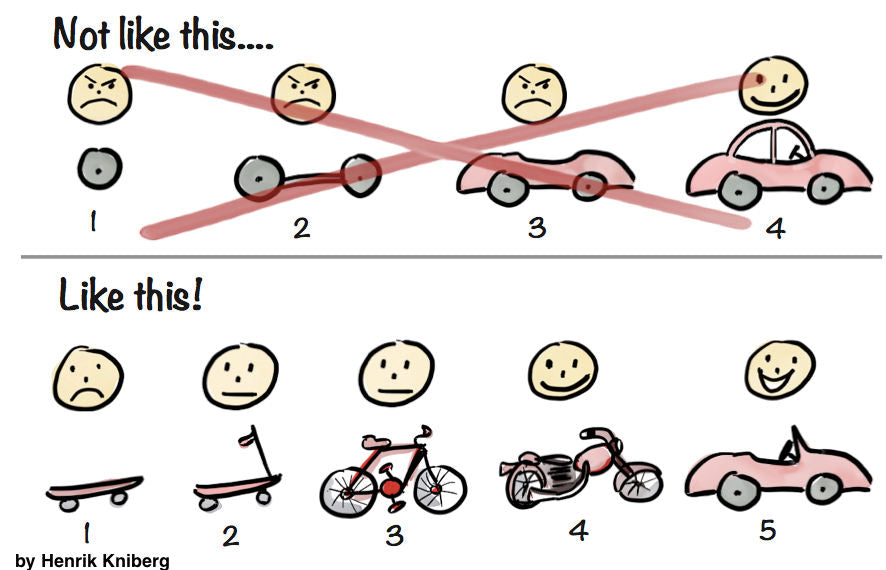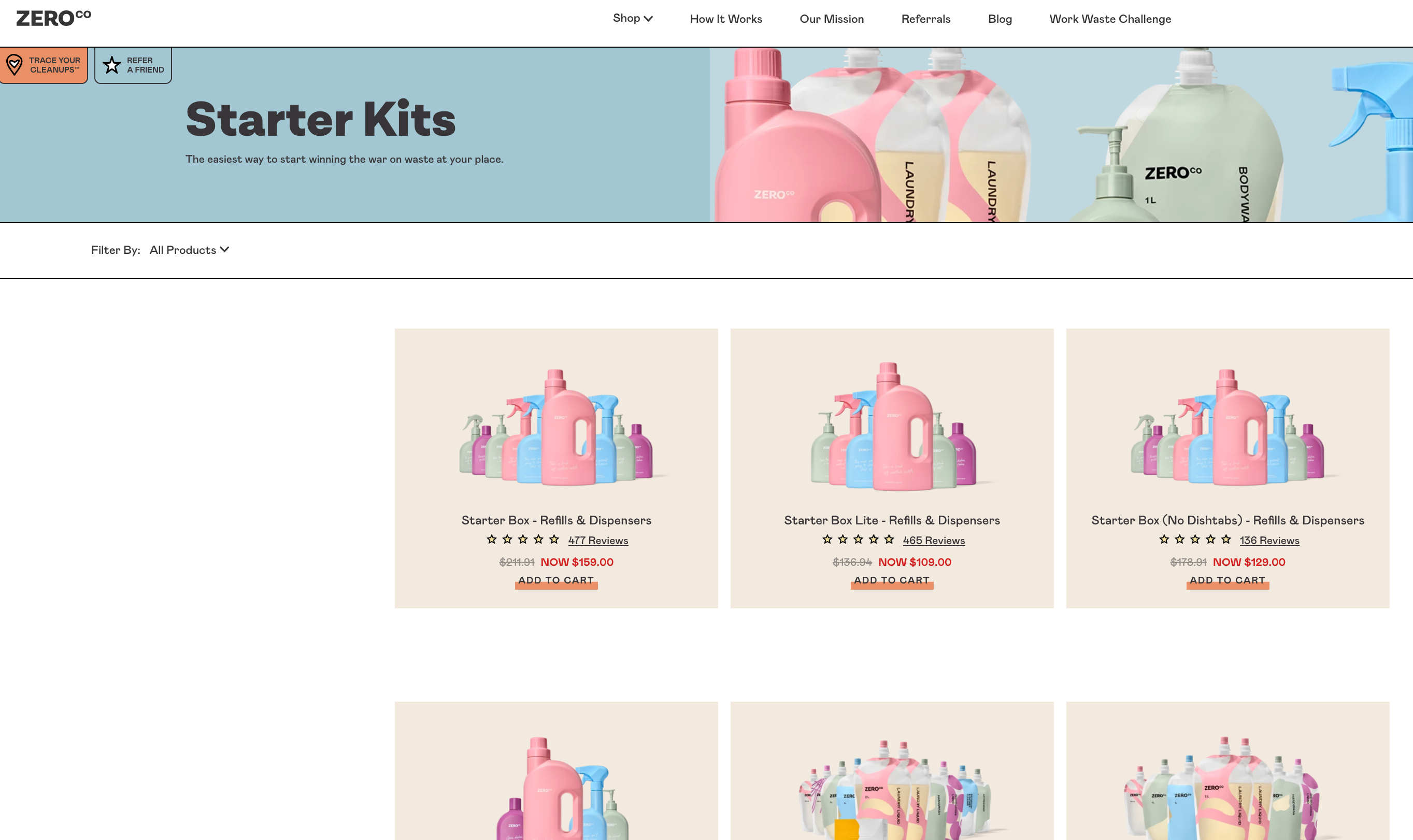Design is the process of a creator crafting a product or experience until it becomes functional, effective, and pleasing to the senses. Well-designed products have the power to create unforgettable experiences and even change the way we think.
In business, retailers can change how their customers feel about them and their brand. When someone walks into a boring office or struggles with a ketchup packet, poor, lazy design has a negative impact on us. Smart, beautiful design is and always will be an ingredient of success.
In the latest episode of The Rebound, Australian futurist, author, and entrepreneur Steve Sammartino, Creative Director Tommy McCubbin, award-winning television presenter Rad Yeo, and APAC Marketing Lead at Shopify Bertie Ocampo, break down the importance of design and discuss how good design is more than just a logo—its an end-to-end’ experience for consumers.
Unleashing the power of design thinking
When a retailer is thinking about creating a new product or innovating an existing one, the following three-step design-thinking process is a good start in setting you up for success, says Steve Sammartino.
Observe. Watch your target customers; define the problem you see them wrestling with.
Test. Put some ideas into action—the minimum viable version of that solution. See how people respond to it in the wild.
Iterate. When you get some traction, improve with iterations, then go back to step one.

Illustration of the right MVP process by Henrik Kniberg
Unpacking the psychology of great design
Design may be all shapes and colors, but there’s a big psychological element to why great, memorable logos look a certain way or why a brand uses a particular shade. Bertie Ocampo notes a number of psychological design tactics that make logos stick, brains tick, and visitors click.
Design for your target market first,” says Bertie. “This is sometimes overlooked when building a website. Remember to put yourself in their shoes.”
Certain colors can also convey many different emotions and actions, she adds.
“Before thinking about picking the right color for the site, business owners should think about how a user might interact with your site, and remove everything unnecessary,” Bertie says.
Maximising the value of your user experience
If a brand is not optimising its user experience, or UX, yet, know that your competitors are. “Stores pour thousands into Facebook ads, into product research, design,” Bertie says. “However, UX goes undervalued and underinvested in, and it’s a problem that affects your visitors, your customers, your profits.”.
Typically, UX is gauged based on how easy and enjoyable it is for visitors to navigate your store, find what they’re looking for, and make a purchase.
“When you think of UX, I’m willing to bet design comes to mind. It’s important to note that a lot more goes into a positive user experience than design like load times, font sizes, clear copywriting, the list goes on,” says Bertie.
A mobile-first UX design is also important when considering the right look and feel for your brand.
“Acknowledging that people are using their thumbs and fingers to interact with your website on their mobile device is essential,” she adds. “Having a picture of someone looking directly at, or pointing toward, whatever it is you want the visitor to pay attention to can be a simple tip to really enhance the online user experience.”
Who is doing it right?
One brand getting it right is Zero Co. Zero Co starts its pitch with the exceptional design of its packaging, which aligns with its mission to clean up oceans with recyclable plastics.

This environmentally conscious brand creates sustainable personal care and home cleaning products. In their first order, customers receive a Forever Bottle, made from plastic waste pulled out of the ocean, and a reusable plastic pouch, made from plastic that was heading to landfill.
According to Mike Smith, co-founder of Zero Co, language is also an important part of the design and educational process.
“We have this saying in the team, ‘single-use plastic is stupid,’” Mike says. “There is a lot of misinformation out there in the world about single-use plastic. 85% of your plastic that households think is being recycled is not. They actually go straight to the landfill. Our model is to have one bottle that you keep at your house and refill over and over again, forever.”
Even Zero Co’s competitors are catching on to its unique design. One of Zero Co's direct competitors recently released a bottle that looks nearly identical in design to Zero Co’s laundry liquid bottle.
“It almost has the identical tag line on it, but they are not doing anything to solve the single-use plastic problem,” Mike says.
We are seeing an avalanche of greenwashing coming out by the big companies who are seeing the success we are having, trying to replicate what we look like and what we say without trying to solve the single-use plastic problem. People are paying attention to what we are doing.”
Mike and his team of 16 recently ventured to Fraser Island, spending three days on the beach picking up plastic waste.
“We collected 547 kilograms of plastic rubbish off the beach, which was 21,159 individual pieces of plastic,” he says. "We take that plastic, we process that plastic, recycle it in Australia, and turn it into our next generation Forever Bottles.”
Looking back, Mike says he would have given himself two pieces of advice:
“First of all, don’t try and launch a business during a global pandemic. Secondly, go big, go hard, go fast, right from the beginning.”

The TL;DR version
When considering creating a new product or refreshing a product, think “observe, test and iterate.”
Understand your target market first and their emotional triggers.
Think about what will draw your customers to your online channels.
Make the design of your site mobile friendly.
Good user experience is fostered through exceptional, innovative design.
Don’t underestimate the power of language and slogans that accompany good design.
About The Rebound Season 2
Episode 2 of The Rebound Season 2 aired in Australia this Saturday, July 10, at 12:30 p.m., on Channel Nine. New episodes are released every week
Each new episode of The Rebound will cover a different theme to address the most pressing opportunities and challenges facing entrepreneurs today.
The themes, in chronological order, are: Skills, Design, Storytelling, Pricing, Culture, Growth, Future of Work, and Crypto.
For more information about The Rebound, visit the website.
Read more
- 6 Best Open-Source Ecommerce Platforms for 2023
- 11 Ecommerce Checkout Best Practices: Improve the Checkout Experience and Increase Conversions
- Six Must-Have Technologies to Build the Best Ecommerce Tech Stack
- Rebound Growth Hacks: How Cryptocurrency Could Impact your Business
- Rebound Growth Hacks: Turbocharge Your Ecommerce Business With These Skills


